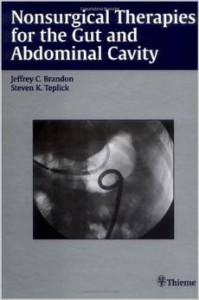-78%
Patient-Centered Assessment: A Comprehensive Guide for Healthcare Professionals
Understanding Assessment Levels
Thomas Mansen’s seminal work, “Patient-Focused Assessment,” introduces a comprehensive framework for patient assessment, classifying it into four distinct levels:
Level 1: Basic Assessment
This level represents the foundational stage, performed by healthcare providers with limited experience. It involves gathering essential data, such as vital signs, patient history, and physical examination findings. The complexity of techniques and procedures is minimal.
Level 2: Focused Assessment
As providers gain competency, they progress to Level 2, where they focus on specific areas of concern. This assessment requires a deeper understanding of anatomy, physiology, and disease processes. The provider may employ more specialized equipment and techniques.
Level 3: Comprehensive Assessment
Level 3 assessment is performed by highly skilled healthcare professionals who possess a broad knowledge base and extensive experience. It involves a detailed examination of the patient’s medical history, physical condition, and social circumstances. Complex techniques and procedures, such as advanced imaging and diagnostic tests, may be employed.
Level 4: Specialized Assessment
This highest level of assessment is reserved for healthcare specialists with expertise in specific medical disciplines. It requires a profound understanding of the patient’s condition and the application of highly specialized techniques and procedures.
Adapting to Patient Context
The text emphasizes the need for assessment techniques to be tailored to the specific needs of each patient. Factors such as age, gender, medical history, and cultural background influence the approach.
Benefits for Healthcare Professionals
Students:
- Provides a systematic and patient-centered approach to assessment
- Fosters critical thinking through clinical examples and case studies
- Equips students with essential knowledge and skills
Practitioners:
- Serves as an invaluable reference for practicing healthcare providers
- Offers insights into interdisciplinary collaboration and patient management
- Enhances professional development through proven pedagogical features
Interdisciplinary Focus
Unlike traditional textbooks that focus on specific health care disciplines, “Patient-Focused Assessment” adopts an interdisciplinary approach. It highlights the importance of collaboration among healthcare professionals to ensure comprehensive and effective patient care.
Effective Learning Resources
The text is enriched with pedagogical features designed to enhance learning:
- “Helpful Hints” provide practical tips and guidance
- “Professional Insight” boxes share expert perspectives and insights
- Review tools, such as chapter summaries and discussion questions, facilitate comprehension and knowledge retention
maybe you like these too:
- The Patient History: An Evidence-Based Approach, 2e (Original PDF from Publisher)
- Pediatric Physical Examination: An Illustrated Handbook, 2e (Original PDF from Publisher)
- Health Assessment for Nursing Practice, 5e (Original PDF from Publisher)
- Essentials of School Neuropsychological Assessment, 3rd Edition (Essentials of Psychological Assessment) (Original PDF from Publisher)










Reviews
Clear filtersThere are no reviews yet.